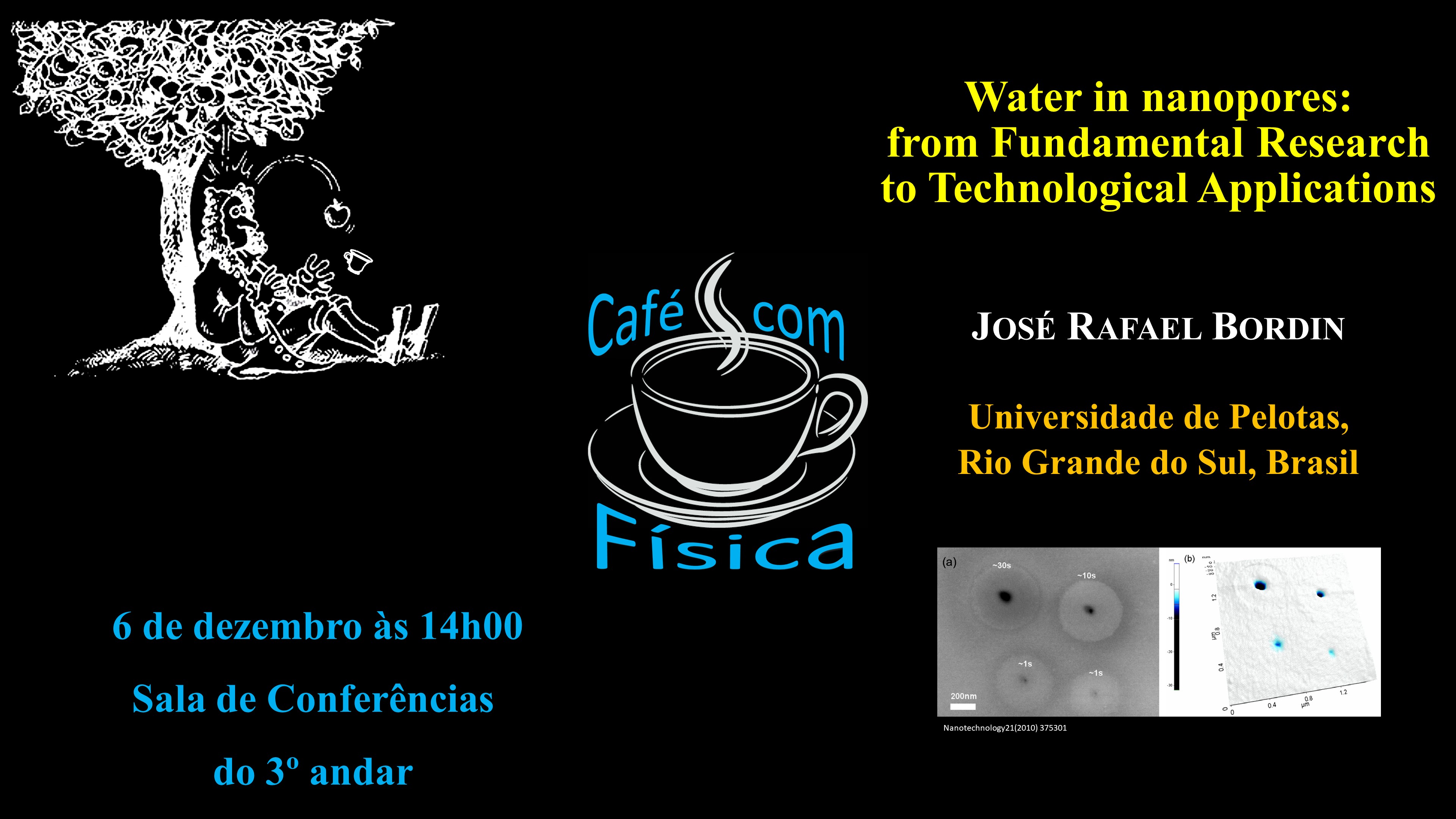Water in nanopores: from Fundamental Research to Technological Applications
by
Sala de Conferências
Departamento de Física

Recent advances in nanoporous materials synthesis and functionalization have allowed for new insights into several physical-chemical aspects of nanofluidics. Processes thought possible only in theory are now attainable experimentally. This raises new questions about the distinctions between fluid behavior in bulk or under extreme confinement. The confinement intensity and the interaction between water molecules and the nanopore wall is expected to play a major role in fluid structure and dynamics. In fact, the very definition of surface hydrophobicity is a sensitive subject, which demands further investigation. Here we present an overview of how changes in interaction and confining distances between water molecules and the nanopore wall can induce freezing, wet/dry transitions and even produce high flow rates. As well, we show how these theoretical studies are now leading to practical applications for water purification.
Filipe Veloso e Pedro Costa
